JAPAN ON LISTING MINE CITE AS UNESCO
입력 2021.12.28 (15:15)
수정 2021.12.28 (16:46)
읽어주기 기능은 크롬기반의
브라우저에서만 사용하실 수 있습니다.
[Anchor Lead]
Japan has begun a final review to recommend the Sado Complex of Heritage Mines, another site of colonial era forced labor of Koreans, for listing as a UNESCO World Heritage. There are concerns Tokyo may yet again distort history as it did with Battleship Island which obtained the UNESCO designation. KBS reporters have visited Sado Island and found a register containing names of Korean laborers as well as traces of their life there.
[Pkg]
An hour long ride on a high-speed boat from Niigata, Japan takes us to Sado Island, known for its gold mines since the Edo Period in the 1,600s. The Sado mine complex is V-shaped and was manually dug out of a peak. Reconstructed Edo-era pits show how mining work was carried out in those days. This is another mine that was active until it was shut down in 1989. Forced Korean laborers had worked here.
[Soundbite] (Sado Mine Manager) : "(So Koreans worked here too?) Yes. If it was the early modern era, then this mine is the right one."
When the Pacific War broke out in 1941, Japan was found to have mobilized at least 1,200 Koreans on Sado Island in an effort to secure war supplies such as iron and copper. Japanese people mostly worked at smelting facilities outside the mines, but Koreans were assigned dangerous tasks inside the pits, such as drilling rocks and carrying goods. KBS reporters asked to see a directory of Korean workers kept at the Sado History Museum.
[Soundbite] (Sado City Education Committee Official) : "(Can we touch it?) Please be careful. The paper is really old."
These booklets document the distribution of cigarettes at three Korean dormitories operated by the Mitsubishi mining station. The records show the workers' Korean and Japanese names and their date of birth. Some notes request for tobacco rations to stop because a worker has fled. There are also letters indicating those who underwent a Japanese style name change. Another age-specific register shows the names, birth dates and Korean home addresses of hundreds of Korean workers. The reporters also visited a former dorm site. A dormitory-turned detention house has now become a cultural relic while a private family residence has long been abandoned.
[Soundbite] (Local Historian) : "If families stayed here too, the workers won't run away. So Mitsubishi also brought in family members and built housing for them."
Two other dorms, where Korean workers used to stay, are covered in thick bush while the cafeteria site is also left in ruins.
[Soundbite] (Local Historian) : "Koreans received their meals at this place. Those doing the early shift took two lunch boxes, for the morning and evening."
Sado City and Niigata Prefecture have been seeking the mines' UNESCO listing for more than a decade. But in its latest move for application, it has narrowed the period to exclusively the Edo era. It is viewed as another attempt by Tokyo to omit its history of forced labor.
Japan has begun a final review to recommend the Sado Complex of Heritage Mines, another site of colonial era forced labor of Koreans, for listing as a UNESCO World Heritage. There are concerns Tokyo may yet again distort history as it did with Battleship Island which obtained the UNESCO designation. KBS reporters have visited Sado Island and found a register containing names of Korean laborers as well as traces of their life there.
[Pkg]
An hour long ride on a high-speed boat from Niigata, Japan takes us to Sado Island, known for its gold mines since the Edo Period in the 1,600s. The Sado mine complex is V-shaped and was manually dug out of a peak. Reconstructed Edo-era pits show how mining work was carried out in those days. This is another mine that was active until it was shut down in 1989. Forced Korean laborers had worked here.
[Soundbite] (Sado Mine Manager) : "(So Koreans worked here too?) Yes. If it was the early modern era, then this mine is the right one."
When the Pacific War broke out in 1941, Japan was found to have mobilized at least 1,200 Koreans on Sado Island in an effort to secure war supplies such as iron and copper. Japanese people mostly worked at smelting facilities outside the mines, but Koreans were assigned dangerous tasks inside the pits, such as drilling rocks and carrying goods. KBS reporters asked to see a directory of Korean workers kept at the Sado History Museum.
[Soundbite] (Sado City Education Committee Official) : "(Can we touch it?) Please be careful. The paper is really old."
These booklets document the distribution of cigarettes at three Korean dormitories operated by the Mitsubishi mining station. The records show the workers' Korean and Japanese names and their date of birth. Some notes request for tobacco rations to stop because a worker has fled. There are also letters indicating those who underwent a Japanese style name change. Another age-specific register shows the names, birth dates and Korean home addresses of hundreds of Korean workers. The reporters also visited a former dorm site. A dormitory-turned detention house has now become a cultural relic while a private family residence has long been abandoned.
[Soundbite] (Local Historian) : "If families stayed here too, the workers won't run away. So Mitsubishi also brought in family members and built housing for them."
Two other dorms, where Korean workers used to stay, are covered in thick bush while the cafeteria site is also left in ruins.
[Soundbite] (Local Historian) : "Koreans received their meals at this place. Those doing the early shift took two lunch boxes, for the morning and evening."
Sado City and Niigata Prefecture have been seeking the mines' UNESCO listing for more than a decade. But in its latest move for application, it has narrowed the period to exclusively the Edo era. It is viewed as another attempt by Tokyo to omit its history of forced labor.
■ 제보하기
▷ 카카오톡 : 'KBS제보' 검색, 채널 추가
▷ 전화 : 02-781-1234, 4444
▷ 이메일 : kbs1234@kbs.co.kr
▷ 유튜브, 네이버, 카카오에서도 KBS뉴스를 구독해주세요!
- JAPAN ON LISTING MINE CITE AS UNESCO
-
- 입력 2021-12-28 15:15:24
- 수정2021-12-28 16:46:10
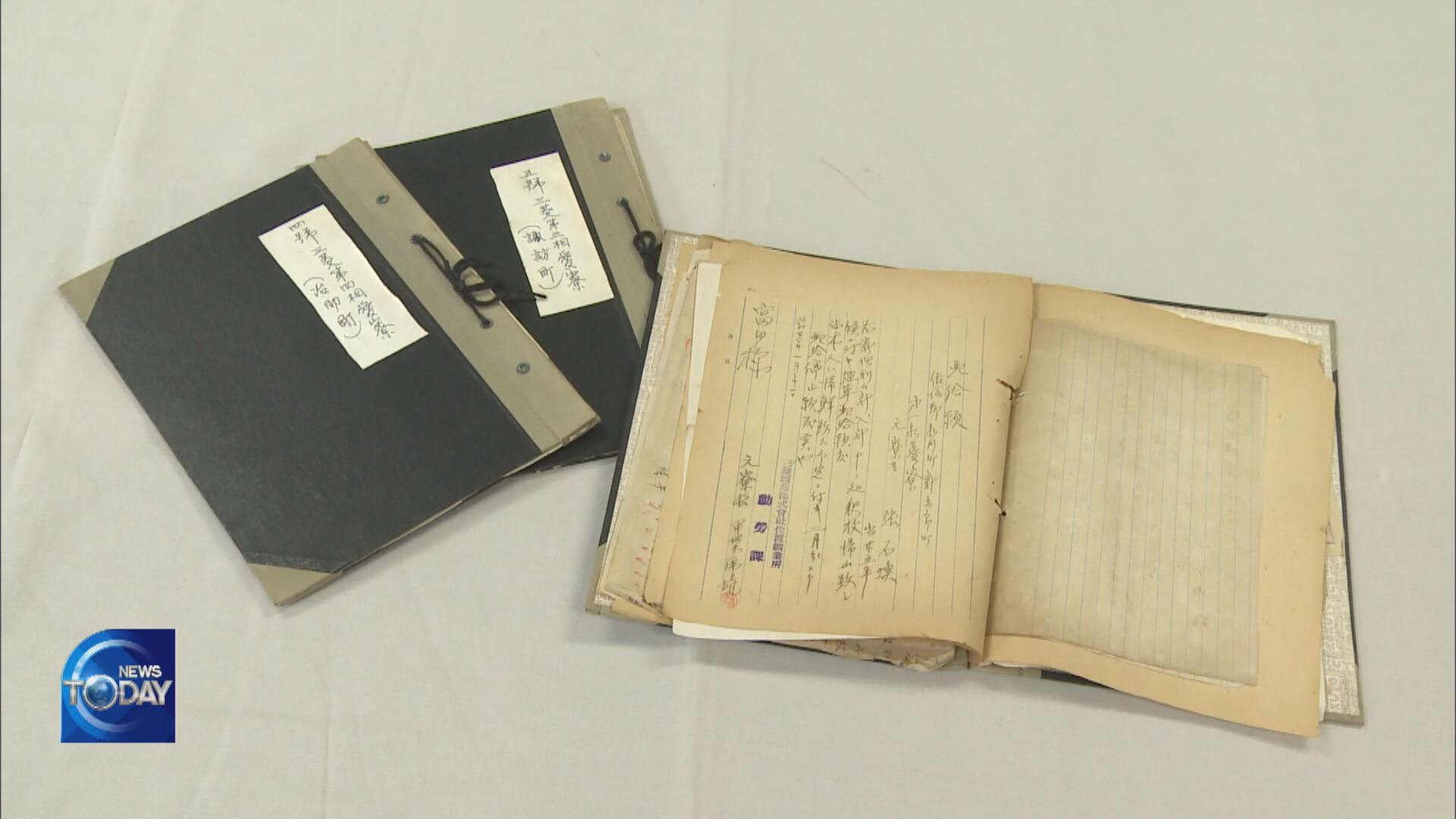
[Anchor Lead]
Japan has begun a final review to recommend the Sado Complex of Heritage Mines, another site of colonial era forced labor of Koreans, for listing as a UNESCO World Heritage. There are concerns Tokyo may yet again distort history as it did with Battleship Island which obtained the UNESCO designation. KBS reporters have visited Sado Island and found a register containing names of Korean laborers as well as traces of their life there.
[Pkg]
An hour long ride on a high-speed boat from Niigata, Japan takes us to Sado Island, known for its gold mines since the Edo Period in the 1,600s. The Sado mine complex is V-shaped and was manually dug out of a peak. Reconstructed Edo-era pits show how mining work was carried out in those days. This is another mine that was active until it was shut down in 1989. Forced Korean laborers had worked here.
[Soundbite] (Sado Mine Manager) : "(So Koreans worked here too?) Yes. If it was the early modern era, then this mine is the right one."
When the Pacific War broke out in 1941, Japan was found to have mobilized at least 1,200 Koreans on Sado Island in an effort to secure war supplies such as iron and copper. Japanese people mostly worked at smelting facilities outside the mines, but Koreans were assigned dangerous tasks inside the pits, such as drilling rocks and carrying goods. KBS reporters asked to see a directory of Korean workers kept at the Sado History Museum.
[Soundbite] (Sado City Education Committee Official) : "(Can we touch it?) Please be careful. The paper is really old."
These booklets document the distribution of cigarettes at three Korean dormitories operated by the Mitsubishi mining station. The records show the workers' Korean and Japanese names and their date of birth. Some notes request for tobacco rations to stop because a worker has fled. There are also letters indicating those who underwent a Japanese style name change. Another age-specific register shows the names, birth dates and Korean home addresses of hundreds of Korean workers. The reporters also visited a former dorm site. A dormitory-turned detention house has now become a cultural relic while a private family residence has long been abandoned.
[Soundbite] (Local Historian) : "If families stayed here too, the workers won't run away. So Mitsubishi also brought in family members and built housing for them."
Two other dorms, where Korean workers used to stay, are covered in thick bush while the cafeteria site is also left in ruins.
[Soundbite] (Local Historian) : "Koreans received their meals at this place. Those doing the early shift took two lunch boxes, for the morning and evening."
Sado City and Niigata Prefecture have been seeking the mines' UNESCO listing for more than a decade. But in its latest move for application, it has narrowed the period to exclusively the Edo era. It is viewed as another attempt by Tokyo to omit its history of forced labor.
Japan has begun a final review to recommend the Sado Complex of Heritage Mines, another site of colonial era forced labor of Koreans, for listing as a UNESCO World Heritage. There are concerns Tokyo may yet again distort history as it did with Battleship Island which obtained the UNESCO designation. KBS reporters have visited Sado Island and found a register containing names of Korean laborers as well as traces of their life there.
[Pkg]
An hour long ride on a high-speed boat from Niigata, Japan takes us to Sado Island, known for its gold mines since the Edo Period in the 1,600s. The Sado mine complex is V-shaped and was manually dug out of a peak. Reconstructed Edo-era pits show how mining work was carried out in those days. This is another mine that was active until it was shut down in 1989. Forced Korean laborers had worked here.
[Soundbite] (Sado Mine Manager) : "(So Koreans worked here too?) Yes. If it was the early modern era, then this mine is the right one."
When the Pacific War broke out in 1941, Japan was found to have mobilized at least 1,200 Koreans on Sado Island in an effort to secure war supplies such as iron and copper. Japanese people mostly worked at smelting facilities outside the mines, but Koreans were assigned dangerous tasks inside the pits, such as drilling rocks and carrying goods. KBS reporters asked to see a directory of Korean workers kept at the Sado History Museum.
[Soundbite] (Sado City Education Committee Official) : "(Can we touch it?) Please be careful. The paper is really old."
These booklets document the distribution of cigarettes at three Korean dormitories operated by the Mitsubishi mining station. The records show the workers' Korean and Japanese names and their date of birth. Some notes request for tobacco rations to stop because a worker has fled. There are also letters indicating those who underwent a Japanese style name change. Another age-specific register shows the names, birth dates and Korean home addresses of hundreds of Korean workers. The reporters also visited a former dorm site. A dormitory-turned detention house has now become a cultural relic while a private family residence has long been abandoned.
[Soundbite] (Local Historian) : "If families stayed here too, the workers won't run away. So Mitsubishi also brought in family members and built housing for them."
Two other dorms, where Korean workers used to stay, are covered in thick bush while the cafeteria site is also left in ruins.
[Soundbite] (Local Historian) : "Koreans received their meals at this place. Those doing the early shift took two lunch boxes, for the morning and evening."
Sado City and Niigata Prefecture have been seeking the mines' UNESCO listing for more than a decade. But in its latest move for application, it has narrowed the period to exclusively the Edo era. It is viewed as another attempt by Tokyo to omit its history of forced labor.
이 기사가 좋으셨다면
-
좋아요
0
-
응원해요
0
-
후속 원해요
0










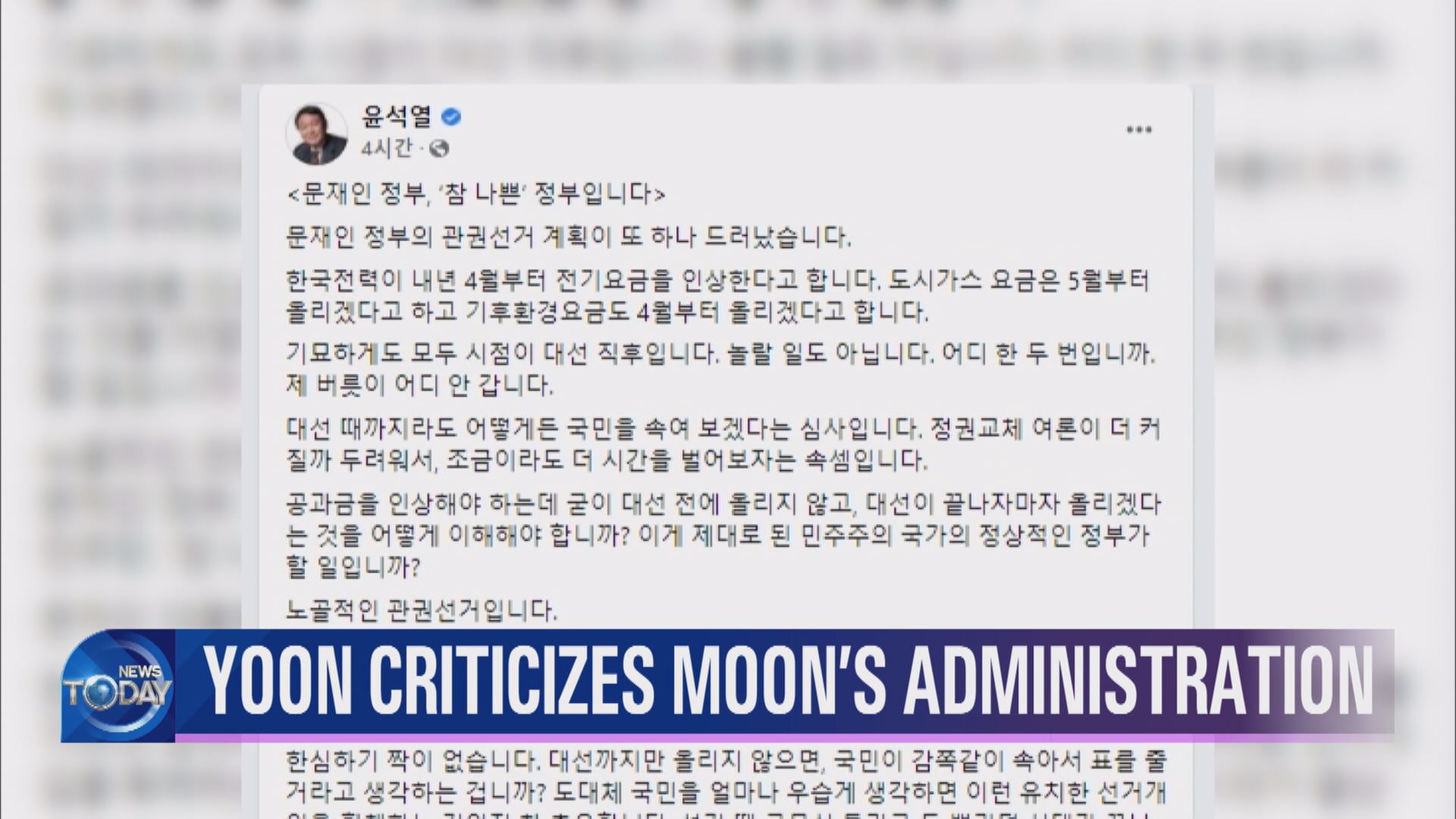
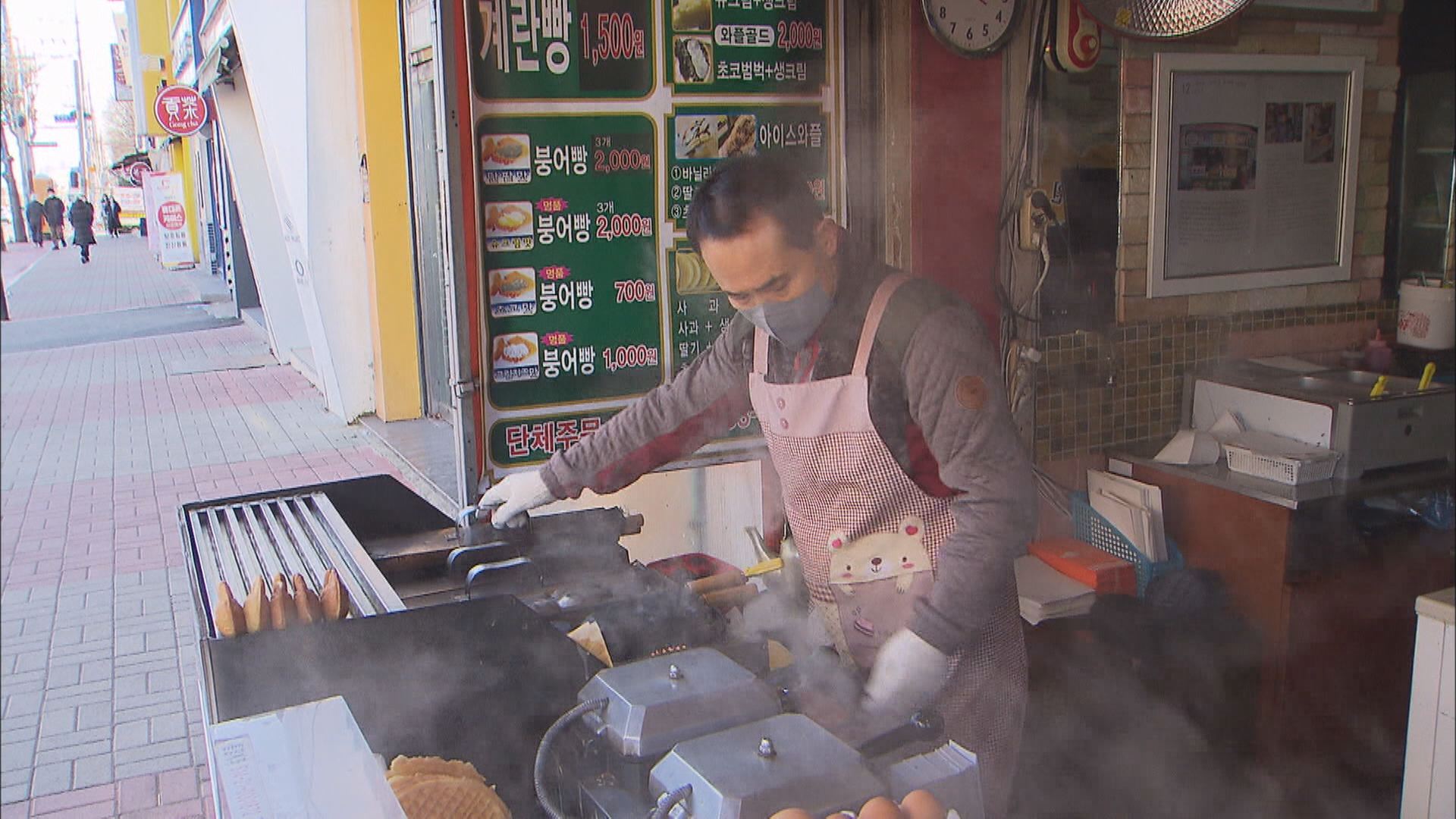
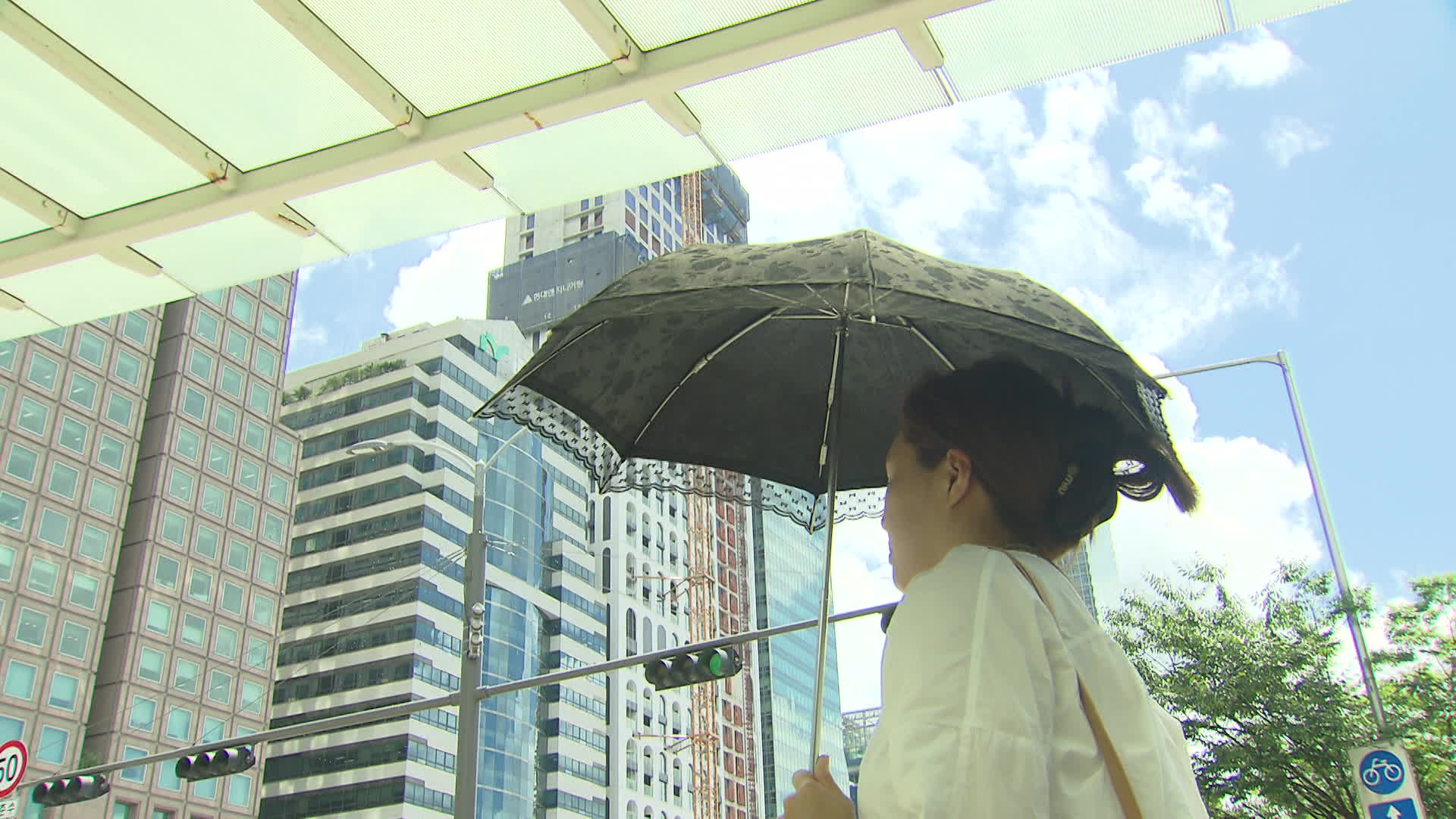
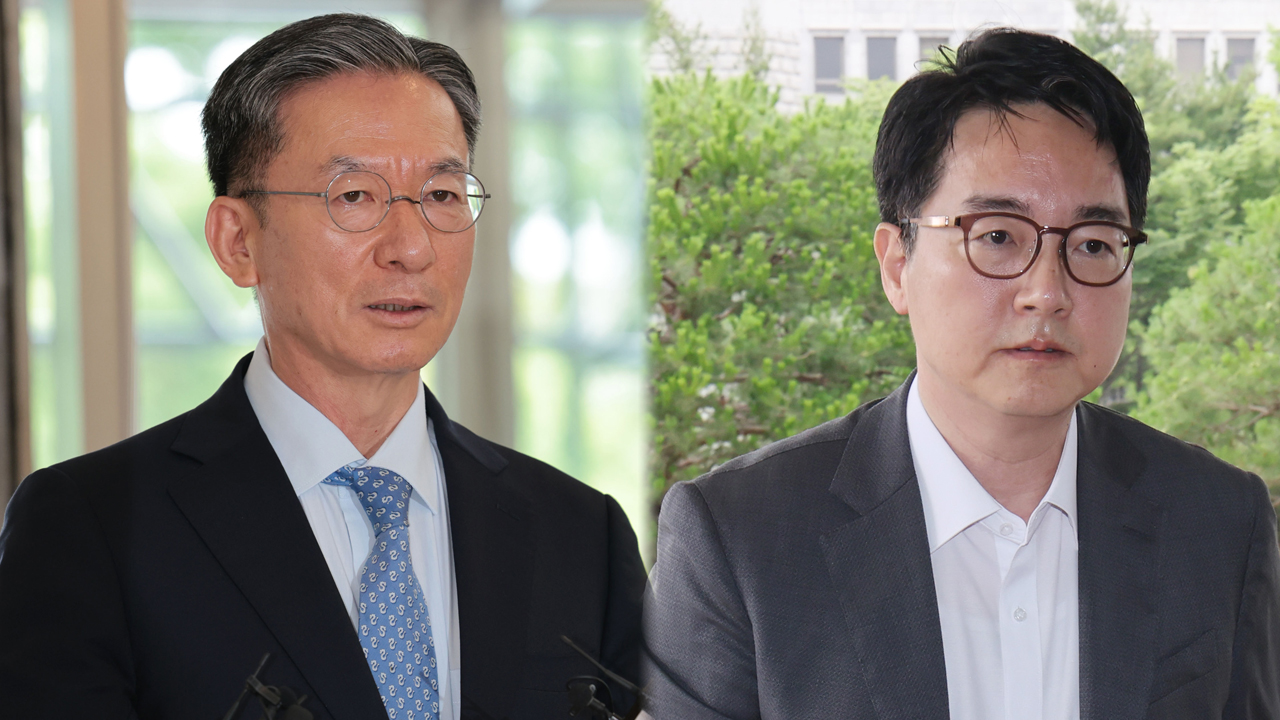

![[단독] 한강버스 운항 두 달 남았는데…일부 공정률 ‘절반 이하’](/data/news/2025/07/01/20250701_LmwC7h.jpg)

이 기사에 대한 의견을 남겨주세요.